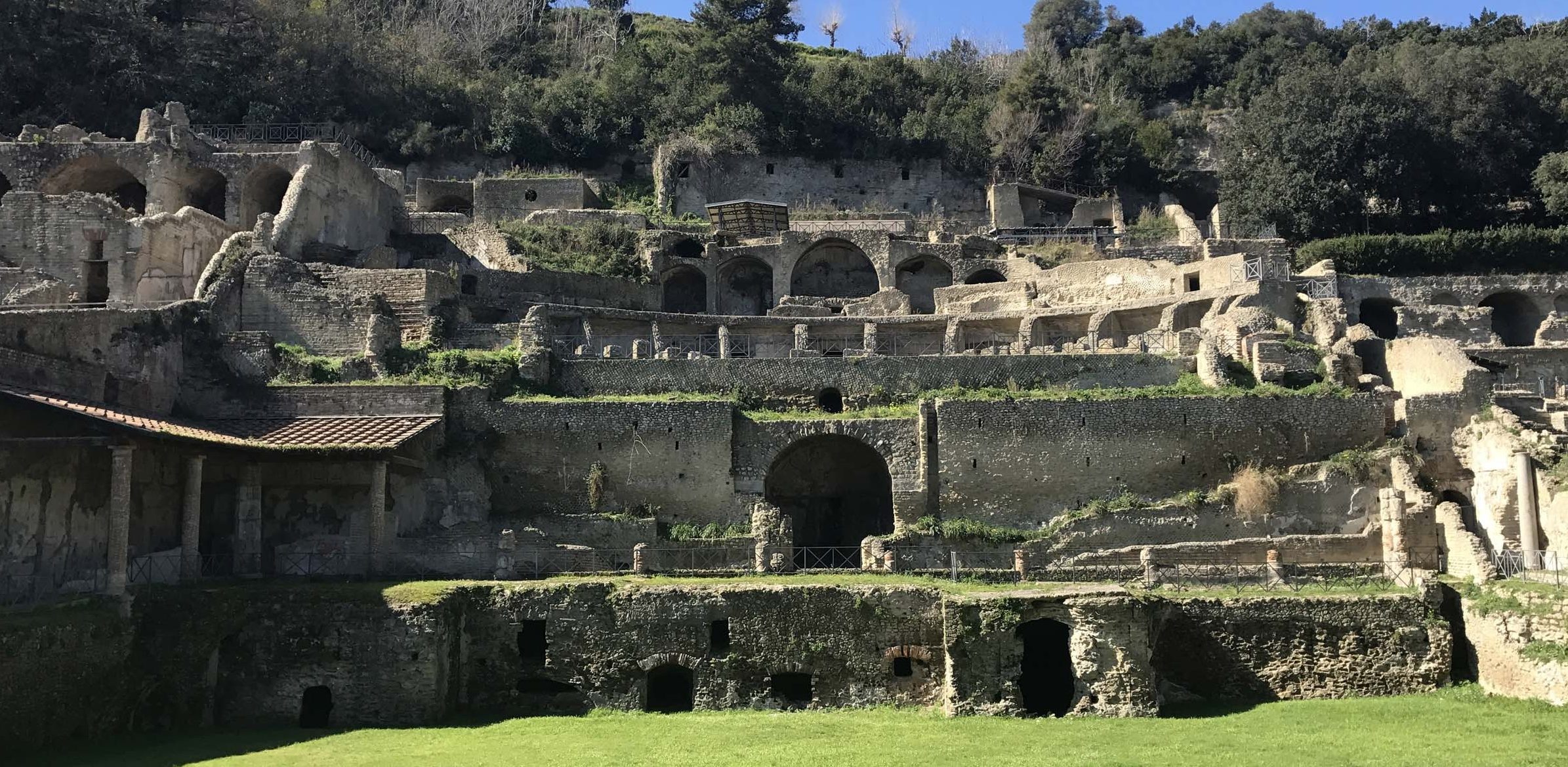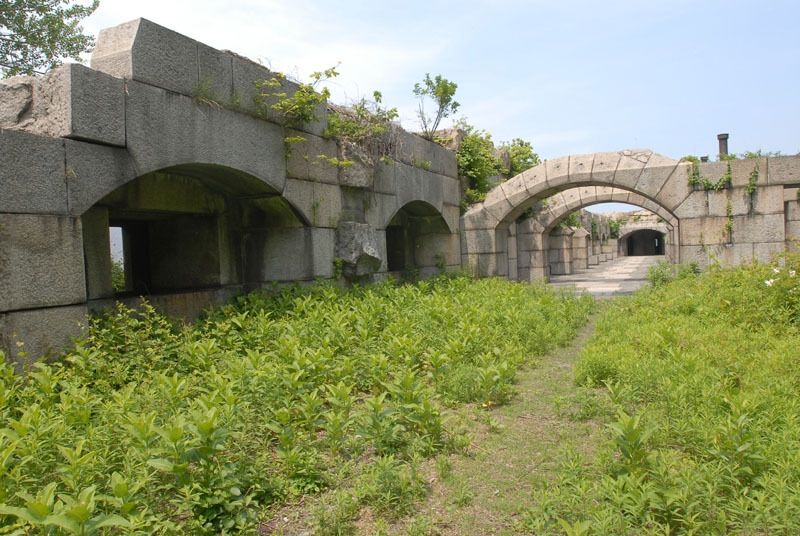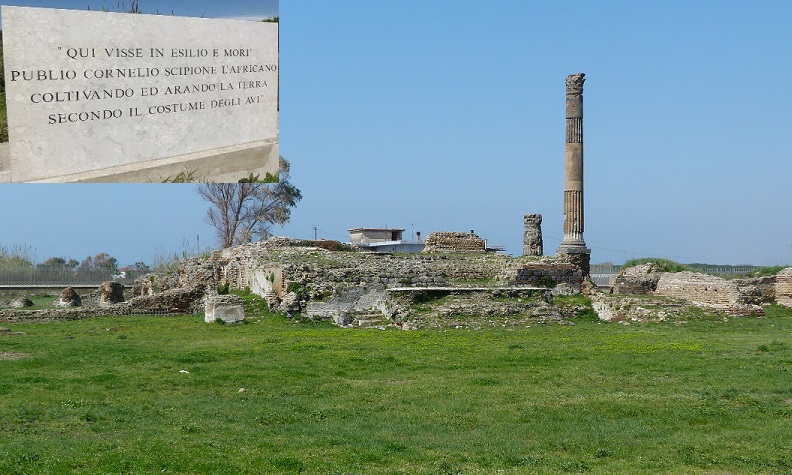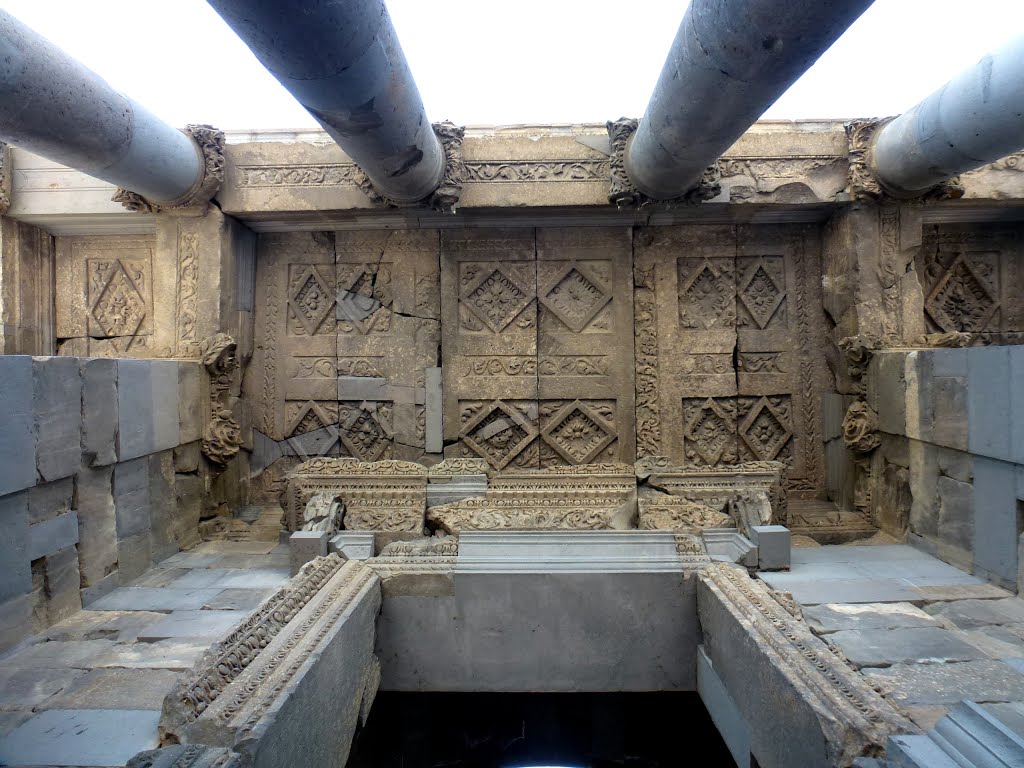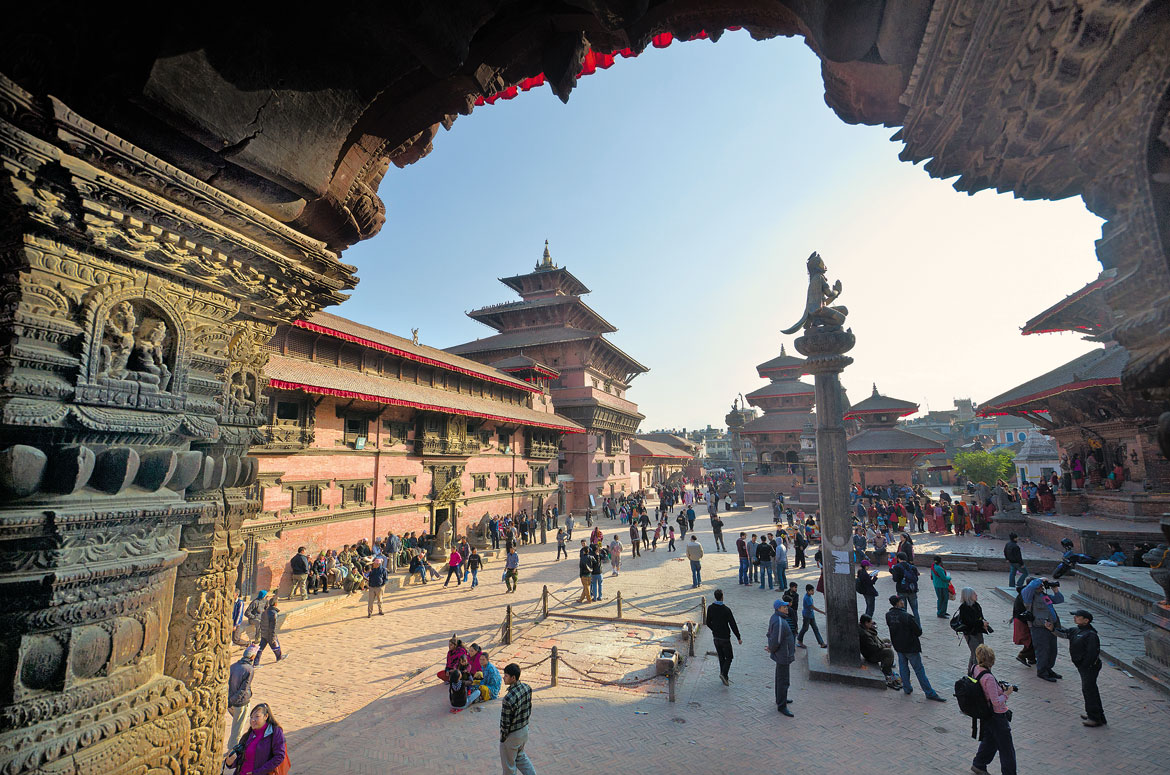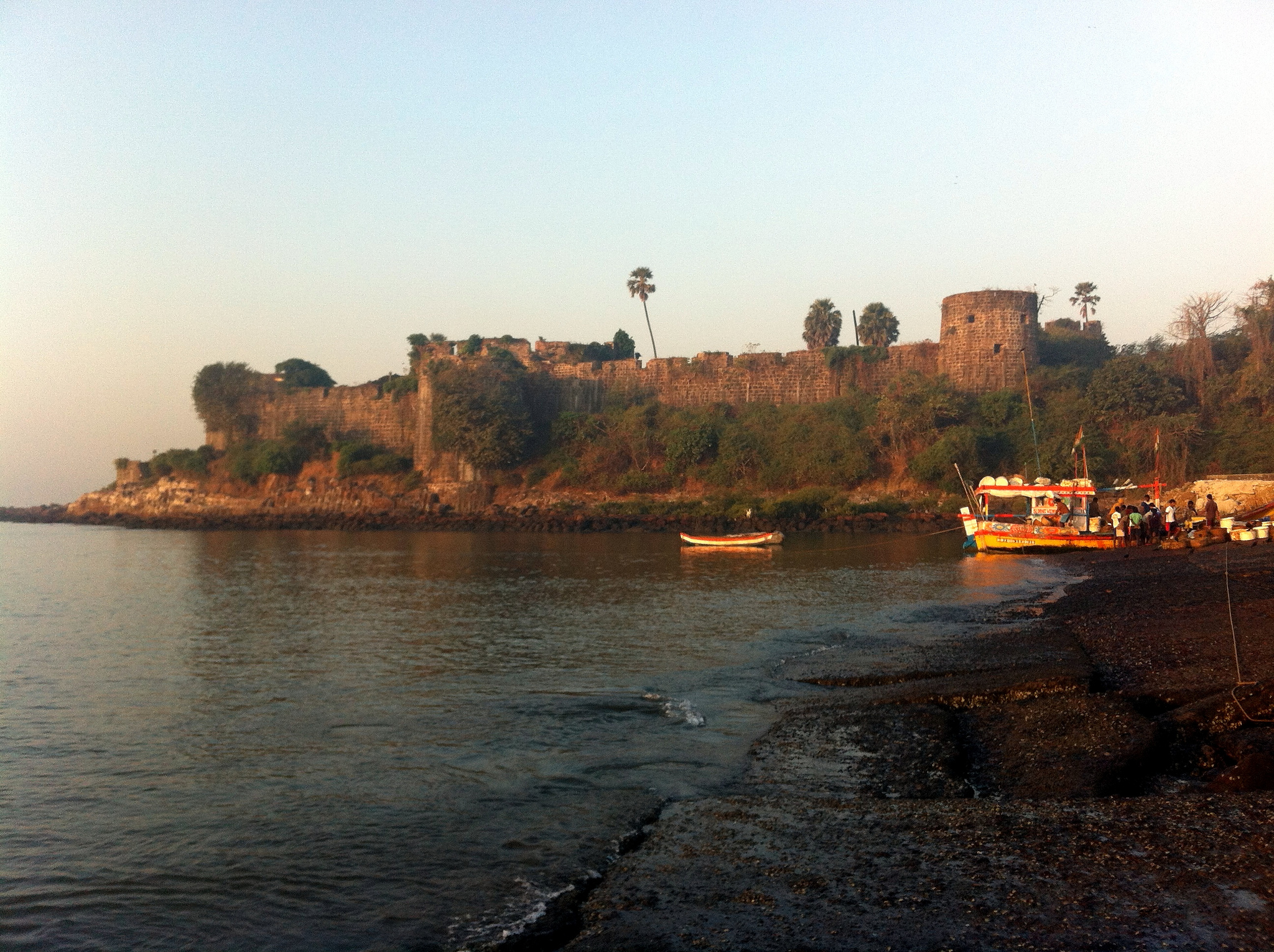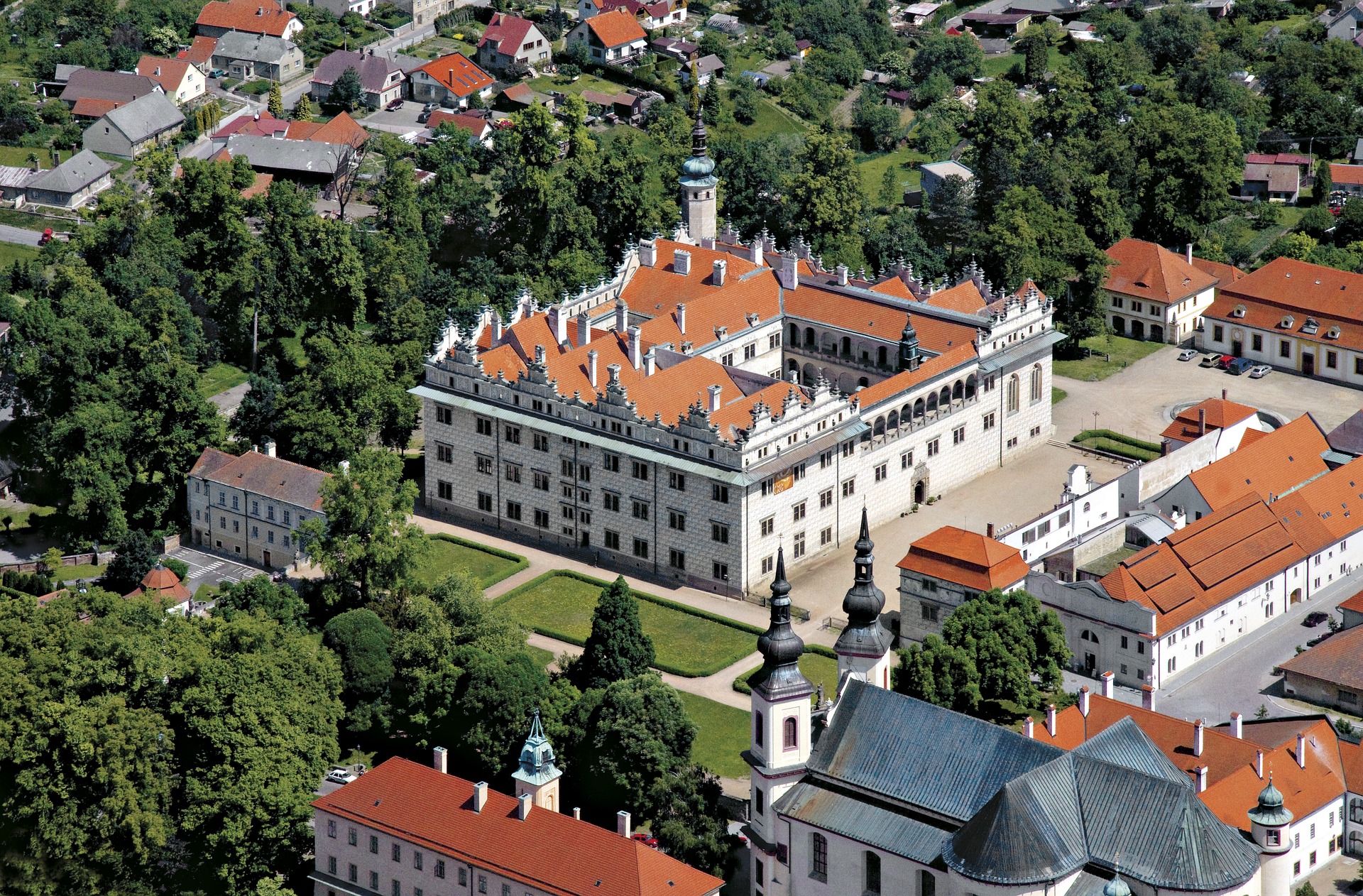The slope of the hill of Baia is occupied by archaeological structures arranged on terraces and called Terme di Baia. The complex is presented as a series of residences consisting of separate architectural nuclei, organized on different levels of terracing and put in communication through stepped ramps. The first architectural complex is called Villa dell’Ambulatio and is articulated on six terraces. The highest one is occupied by the domestic quarter, with a peristyle, living rooms and cubicula (bedrooms) on either side of a large central hall open to the panorama. The second terrace, which originally served as the base of the upper one, was later reinforced and transformed into a covered portico (ambulatio). It is divided longitudinally into two naves by a series of pillars connected by arches and has a large central hall at the top. The lower levels of this building underwent various changes over time, which have altered the original destination of the spaces. The whole complex originally had marble or black and white mosaic floors. The nucleus called the Sosandra occupies the central part of the entire area investigated. The structure is divided into four levels: the part intended as a residence is developed on the two upper levels, the highest of which is occupied by service rooms, the one below by triclinia, day rooms and a small laconicum (room for saunas) decorated with stucco, which overlooked the gulf, preceded by a portico with columns, and were decorated with fine mosaic floors. From the largest room of this sector comes the marble statue of the so-called Aspasia, known as Aphrodite Sosandra (Roman copy of a Greek original), which gives its name to the complex. The two lower levels of the building are articulated with a scenographic effect and consist of a hemicycle above and an open area below. The remaining part is occupied by thermal buildings frequented until medieval times. The so-called sector of Mercury, takes its name from a natatio thermal circular vaulted dome, called "Temple of Mercury" by early travelers and is composed of two core buildings, the first of which is actually little known because the rooms are buried and submerged to the impost of the vault or have been destroyed by modern construction. From one of these rooms comes the head of Apollo of the Omphalos, a Roman copy in marble of a Greek original in bronze. The southern nucleus of this district, built in the Severan age, is composed of sumptuous rooms both for their architectural work and for their decorative apparatus. Probably all these buildings were part of the Palatium of Alexander Severus, which perhaps extended to the sea. Finally, the sector called of Venus owes its name to eighteenth-century scholars who defined as "Rooms of Venus" some rooms of the lower level of the complex, characterized by refined stucco decorations on the vaults. It includes three building nuclei of different ages, placed on three different levels. The lower one is altered on the eastern side by the modern coastal road that has isolated the so-called Temple of Venus, a thermal building with a circular plan inside and octagonal outside originally covered by a vault "a spicchi". This district also has a different orientation than the upper ones and is divided into two districts arranged on the western side of a large open area, partially excavated, on the north side of which are a fountain, a small room with mosaic and an exedra that functioned as a summer triclinium. The structures on the west side instead have two building nuclei dating back to different chronological phases: the northern one consists of thermal environments called "rooms of Venus", then transformed into cisterns and local service, the southern one, on the west side, consists of baths of Hadrian’s age that are developed around the rectangular apsidal hall, covered by a semi-dome vault and in axis with the Temple of Venus. An imposing staircase leads to the intermediate level of this sector, which also served as terracing and support of the lower level consists, in the west side, the so-called Small Baths formed by a circular laconicum and a pool, they were originally part of a villa late republican, and were then integrated with other thermal environments, of which we recognize the calidarium and tepidarium, when the building took on a public function. In the area upstream of this complex were found at different times two statues depicting the Dioscuri.
